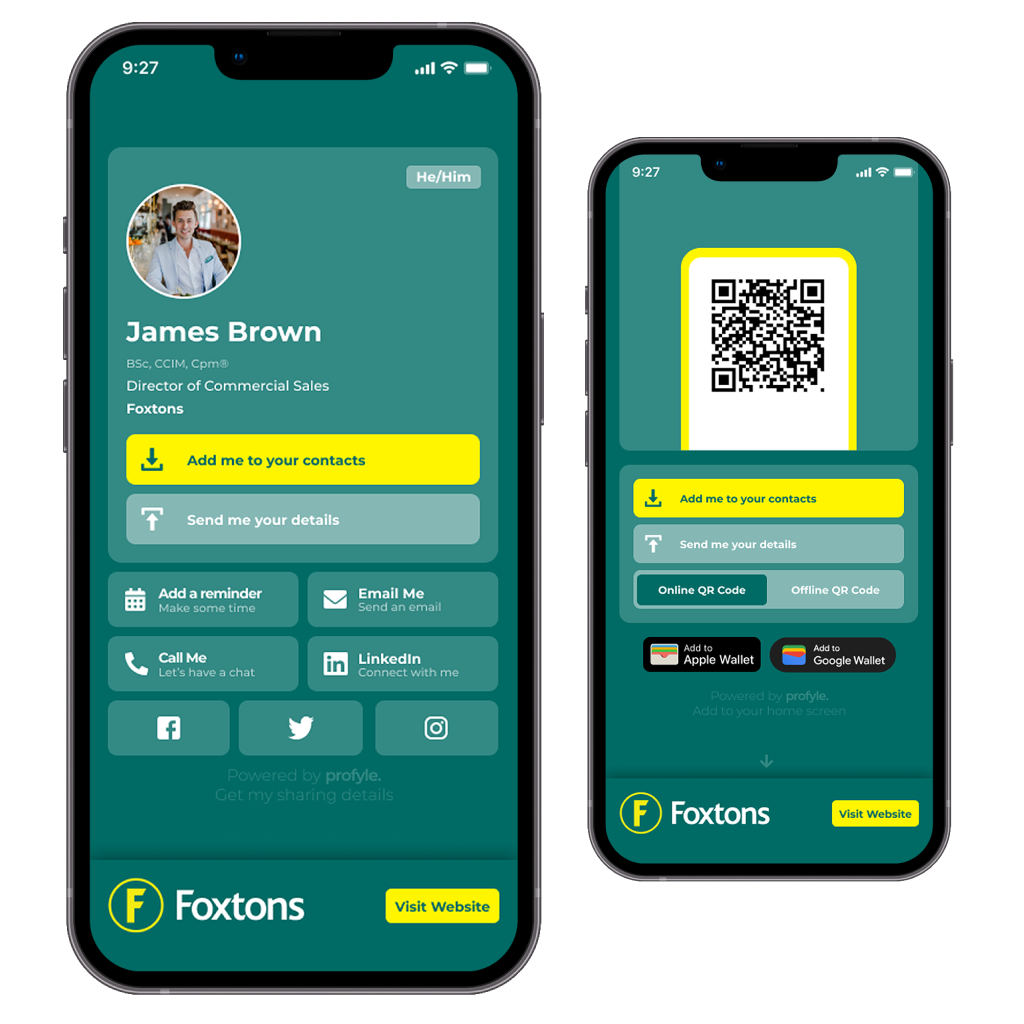
A good story can turn even the most boring person the centre of attention. Storytelling captures your audience’s attention so well that they hang on to every word you say. It works because studies from Stanford University show that people remember stories 22 times more than facts alone.
But what makes a great story, well, great? Here is how you can learn to craft captivating stories and avoid common storytelling mistakes.

A great story grabs attention and stays in the mind. It has five key parts that make it strong:
People in the story that the audience cares about. When listeners see themselves in these characters, they feel more connected. This connection makes them care about what happens next.
A problem or challenge that the characters face. This struggle creates suspense and keeps the audience interested. They want to see how the issue will be solved.
How the conflict is fixed. A clear ending gives the audience a sense of completion and satisfaction.
Feelings that the story brings out. Stories that make people feel emotions like joy, sadness, or excitement are more memorable. Emotional language can hold attention and make the message stick.
A good story arc is the crowing piece of any good story. A great story takes you on a journey of ups and downs; of friends and enemies the hero encounters; of the obstacles they overcome, and has a satisfying ending.

Stories make information stick. People are more likely to remember a story than a list of facts. This means what you say stays with them longer.

At events or online meetups, stories bring your audience around you into an ever closer circle. You are taken back to prehistoric times of a tribe sitting around a fire and hearing a story. Step by step, you go beyond being merely engaging and slowly become irresistible. Stories create business opportunities as if by ripple effect. The more you master the art of storytelling – the better opportunities result from it.
After sharing your story at an event or online, you can use Profyle Cards to create a lasting connection. Share your digital card with your audience and invite them to share their thoughts. Sign up for a free Profyle Card account here
Creating a story that grabs attention and stays with your audience involves careful planning. Here’s a simple guide to help you craft engaging stories for both events and online platforms.

Profyle Cards make storytelling easy and fun. After telling your story, share your Profyle Card to stay in touch.
Simple Tips:
Why Use Profyle Cards for Stories?
Sign up for a free Profyle Card account here
Telling a story seems simple, but there are common mistakes that can hurt your message. Recognising and avoiding these pitfalls can make you a better storyteller.
Sign up for our free 45-day trial and experience the future of networking today. Embrace efficiency, embrace sustainability, embrace the future with Profyle Card.
Don’t forget to follow us on LinkedIn, Instagram and Twitter
Copyright © 2025 Profyle Card Ltd. – Registered in England and Wales with company number 12973729.
Business address: 16 Cole Street, London, SE1 4YH, United Kingdom. VAT registration number: GB424998061